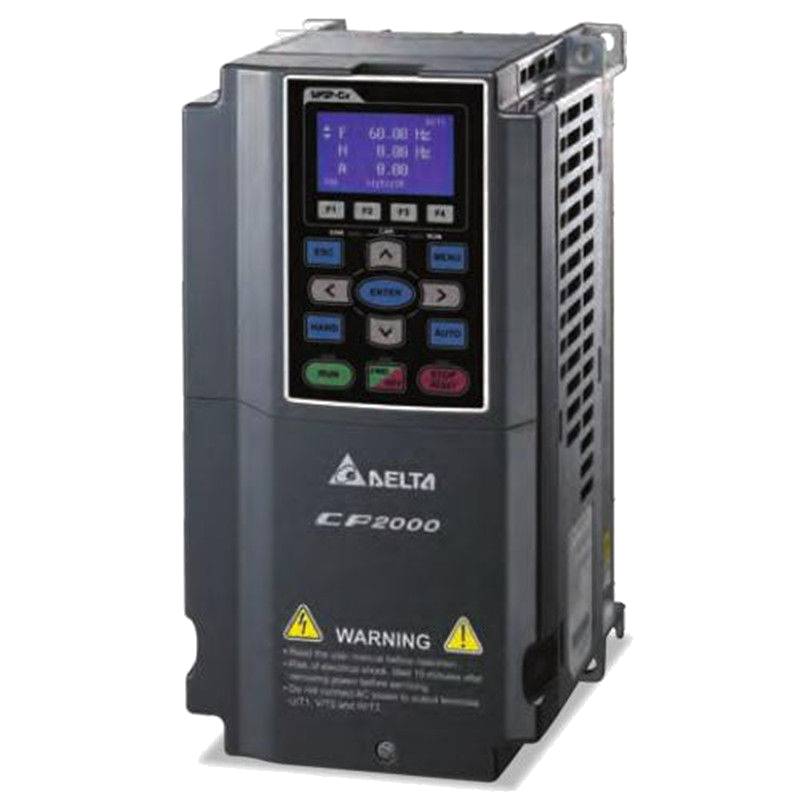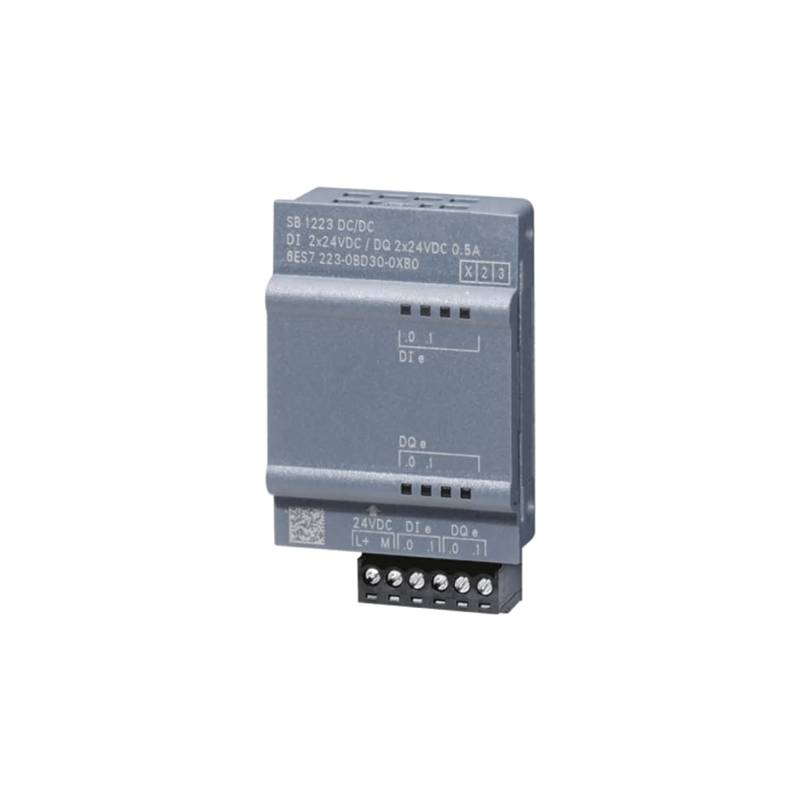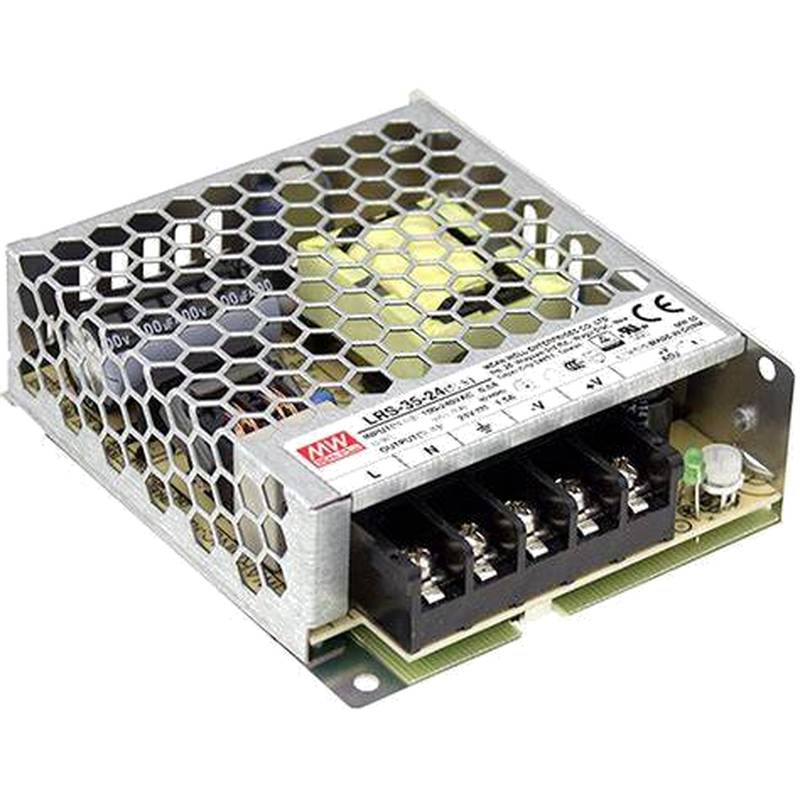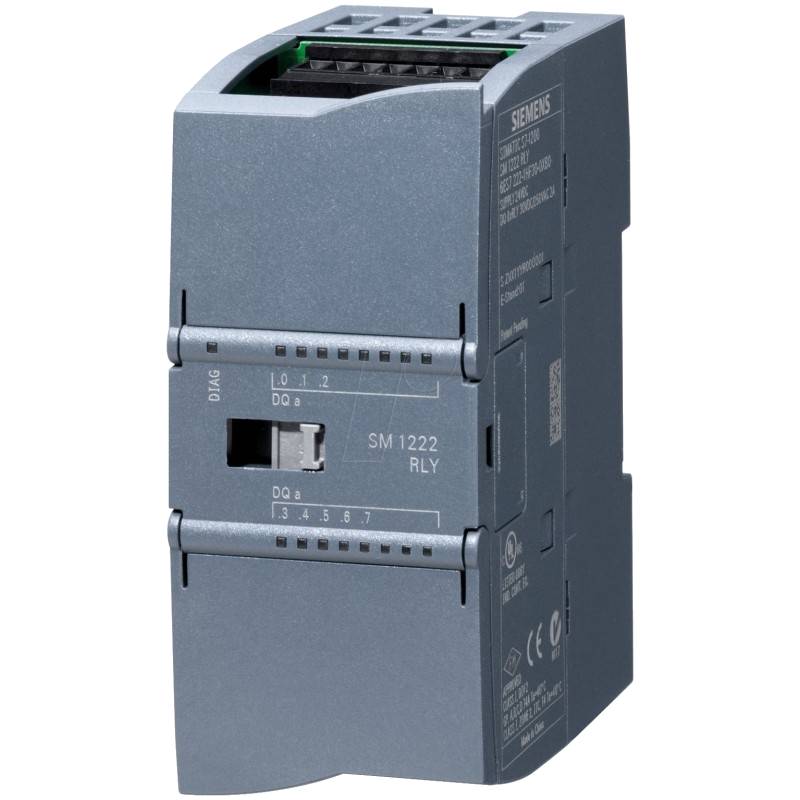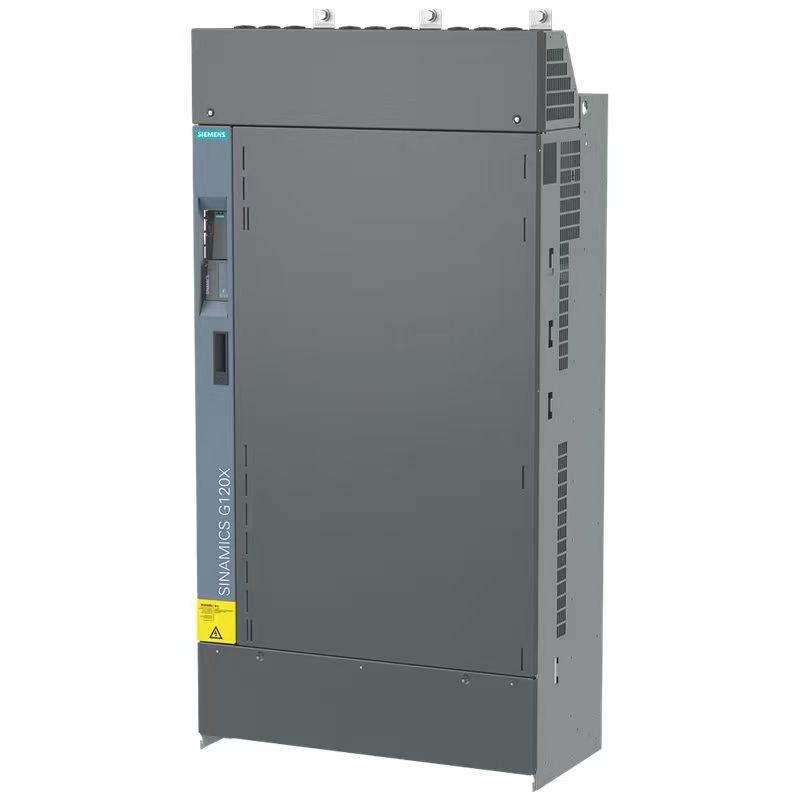
The Delta VFD370CP43B-21 CP2000 High Power VFD Drive stands as a robust solution for demanding industrial applications, delivering exceptional control and efficiency. This 73A, 37kW variable frequency drive (VFD) boasts advanced features designed to optimize motor performance and reduce energy consumption. Key advantages include its high overload capability, sophisticated control algorithms for precise speed and torque regulation, and a modular design facilitating straightforward integration and maintenance. Its core technical specifications highlight a 3-phase input and output voltage range suitable for global deployment, coupled with an impressive power rating essential for heavy machinery.
Product Specifications
| Parameter | Specification |
| :-------------------- | :------------------------------------------------ |
| Model Number | VFD370CP43B-21 |
| Series | CP2000 |
| Rated Current (A) | 73 |
| Rated Power (kW) | 37 |
| Input Voltage (3-Phase) | 380-480V AC |
| Output Voltage (3-Phase)| 380-480V AC |
| Frequency Range | 0-600 Hz |
| Overload Capacity | 150% for 60 seconds, 120% for 120 seconds |
| Control Method | Sensorless Vector Control, V/f Control, Torque |
| Protection Class | IP20 |
| Dimensions (mm) | 270 (W) x 460 (H) x 258 (D) (approximate) |
| Weight (kg) | 25 (approximate) |
Core Features & Market Positioning
The Delta VFD370CP43B-21 CP2000 distinguishes itself in the high-power VFD market through its dual-core processor, enabling superior processing power and enhanced responsiveness for complex motor control tasks. Its advanced sensorless vector control offers exceptional torque performance, even at low speeds, reducing the need for encoder feedback in many applications. This drive is engineered for reliability and longevity, featuring robust thermal management systems and high-quality components to withstand harsh industrial environments. The CP2000 series is positioned as a premium, versatile drive capable of meeting the stringent demands of a wide array of industrial processes, offering a compelling blend of advanced functionality and cost-effectiveness compared to other drives in its class.
Key Application Scenarios
This high-power VFD is ideally suited for applications requiring precise motor speed and torque control, such as large pumps and fans in HVAC systems, conveyors, extruders, injection molding machines, and material handling equipment. Its robust overload capability makes it particularly effective for starting and running loads with high inertia or requiring significant breakaway torque. Industries benefiting from the VFD370CP43B-21 include manufacturing, chemical processing, water treatment, mining, and building automation, where energy savings and process optimization are critical. The drive's flexibility allows it to seamlessly adapt to various industrial motor types and control strategies.
Practical System Integration Guidance
Integrating the Delta VFD370CP43B-21 CP2000 into existing systems is streamlined by its user-friendly interface and comprehensive communication options. Ensure proper power supply wiring, adhering to local electrical codes and the drive's voltage and current ratings. Connect the motor according to the manual, paying close attention to grounding and shielding for optimal performance and noise reduction. For advanced control, utilize the drive's programmable digital inputs/outputs and analog inputs for external control signals and feedback. Commissioning typically involves parameter setup, including motor data identification, acceleration/deceleration times, and speed limits, which can often be performed via the drive's keypad or through Delta's PC-based software tools.
Operation and Risk Mitigation
Safe operation of the Delta VFD370CP43B-21 CP2000 requires adherence to installation and operational guidelines. Always ensure the drive is properly grounded and that the power supply is disconnected before performing any wiring or maintenance. Understand the drive's fault codes to quickly diagnose and resolve issues. Common error codes relate to overcurrent, overvoltage, undervoltage, and motor thermal overload. For instance, an E.OC error indicates an overcurrent condition, which might require adjusting acceleration times or verifying the motor load. Proper ventilation and environmental conditions are crucial to prevent overheating and premature component failure.
Scalability & Long-Term Value
The Delta CP2000 series, including the VFD370CP43B-21, offers significant long-term value through its scalability and compatibility with modern industrial control platforms. Its modular design allows for the addition of optional communication cards (e.g., Modbus, Profibus) to integrate seamlessly into plant-wide automation networks and IIoT ecosystems. This enables remote monitoring, diagnostics, and control, enhancing operational efficiency and predictive maintenance capabilities. The drive's ability to control various motor types and its firmware updateability ensure it remains a relevant and powerful component in evolving industrial environments, protecting the investment in automation infrastructure.
Frequently Asked Questions (FAQs)
Q1: What is the maximum overload capacity of the Delta VFD370CP43B-21?
The Delta VFD370CP43B-21 offers a robust overload capacity of 150% of its rated current for a duration of 60 seconds. This allows it to handle temporary surges during motor startup or operation under demanding conditions.
It can also sustain a 120% overload for a more extended period of 120 seconds, providing sustained performance for challenging applications. This capability is crucial for motors with high inertia or those requiring significant breakaway torque.
Q2: Can the VFD370CP43B-21 be used with a standard 380V 50Hz power supply?
Yes, the VFD370CP43B-21 is designed for input voltages ranging from 380V to 480V AC. It operates effectively on a 380V, 3-phase power supply at 50Hz.
The drive automatically adjusts to the input voltage within its specified range, ensuring flexibility for different regional power grids. It is important to verify the input voltage and frequency match the local supply.
Q3: What types of motor control does the Delta CP2000 VFD support?
The Delta VFD370CP43B-21 supports advanced sensorless vector control for precise torque and speed regulation. It also features traditional V/f control for simpler applications.
This drive can also implement direct torque control, offering high-performance characteristics for various motor types and demanding applications. Its versatile control modes ensure optimal performance across a wide range of industrial uses.
Q4: How do I connect an external potentiometer for speed control to the VFD370CP43B-21?
Connect the potentiometer to the analog input terminals of the VFD370CP43B-21. Typically, one end of the potentiometer connects to a 10VDC reference terminal, and the other end to a common ground terminal.
The wiper (middle terminal) of the potentiometer is then connected to the designated analog input terminal (e.g., AI1). You will need to configure the drive's parameters to recognize this analog input as the speed reference.
Q5: What are common troubleshooting steps for an E.OC error on the VFD370CP43B-21?
An E.OC error indicates an overcurrent condition. First, check if the motor current exceeds the drive's rated limit during operation. Verify that the motor is not overloaded or experiencing mechanical resistance.
Next, examine the acceleration and deceleration ramp times. If they are set too short, it can lead to current surges. Increase these times to allow the motor to accelerate or decelerate more gradually.
Ensure the motor is correctly sized for the application and that the drive's motor parameters (e.g., rated current, rated power) are accurately programmed in the VFD. Also, inspect the motor and cabling for any short circuits or insulation breakdown.
Q6: Is the Delta VFD370CP43B-21 compatible with Modbus communication?
Yes, the Delta VFD370CP43B-21 can be equipped with optional communication cards. This includes support for Modbus RTU protocol, allowing integration into industrial networks.
By installing a Modbus communication card in the expansion slot, the drive can exchange data with PLCs, HMIs, and other intelligent devices. This enables remote control, monitoring, and parameter adjustments over a serial communication bus.
Q7: What is the enclosure rating (IP rating) of the Delta CP2000 drive?
The Delta VFD370CP43B-21 CP2000 drive has an IP20 enclosure rating. This means it provides protection against solid objects greater than 12.5mm in diameter.
However, it does not offer protection against water ingress. Therefore, it should be installed in a clean, dry environment or within a suitable enclosure to protect it from dust, moisture, and other contaminants.
Q8: What is the maximum output frequency achievable with this VFD?
The Delta VFD370CP43B-21 can achieve a maximum output frequency of up to 600 Hz. This high frequency range allows for precise speed control of motors in specialized applications requiring very high rotational speeds.
This extended frequency capability is beneficial for processes like high-speed machining, centrifugal separation, or textile manufacturing. It provides the flexibility to match motor speed accurately to a wide variety of operational demands.
Q9: Can this VFD be used for regenerative braking applications?
While the standard VFD370CP43B-21 does not inherently support active regenerative braking without external components, it can be configured for dynamic braking. Dynamic braking utilizes an external resistor to dissipate excess energy as heat during deceleration.
For true regenerative braking where energy is fed back into the supply, additional hardware like a regenerative braking module or a compatible inverter might be required, depending on the application's specific needs. Consult Delta's documentation for advanced braking options.
Q10: How does the dual-core processor in the CP2000 series benefit performance?
The dual-core processor allows for parallel processing of complex algorithms, significantly enhancing control loop performance and responsiveness. This leads to more accurate speed and torque regulation, especially in demanding sensorless vector control applications.
It enables faster response times to changing load conditions and command inputs, reducing system instability and improving overall process efficiency. The enhanced processing power also supports advanced features and communication protocols simultaneously without performance degradation.














